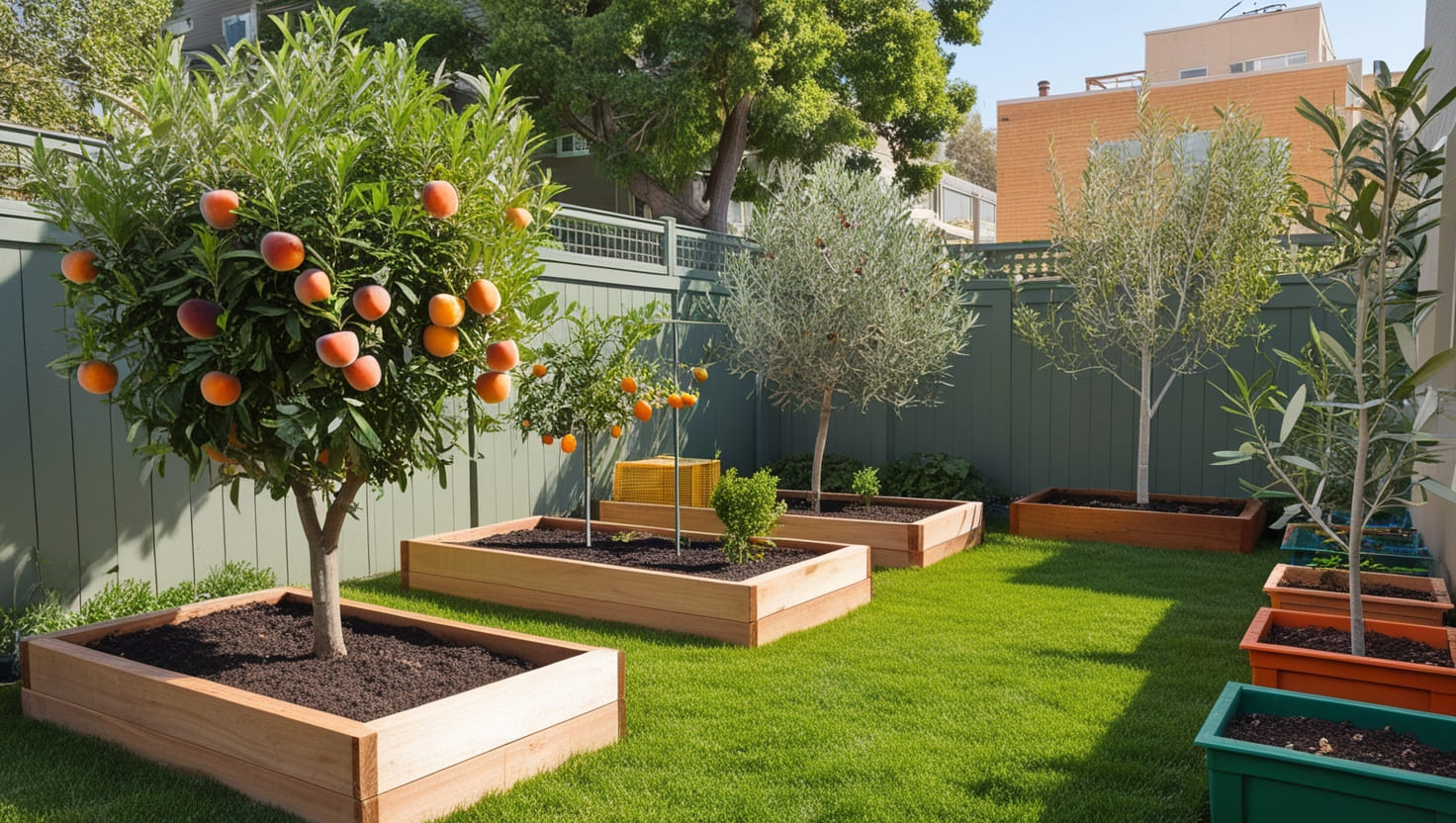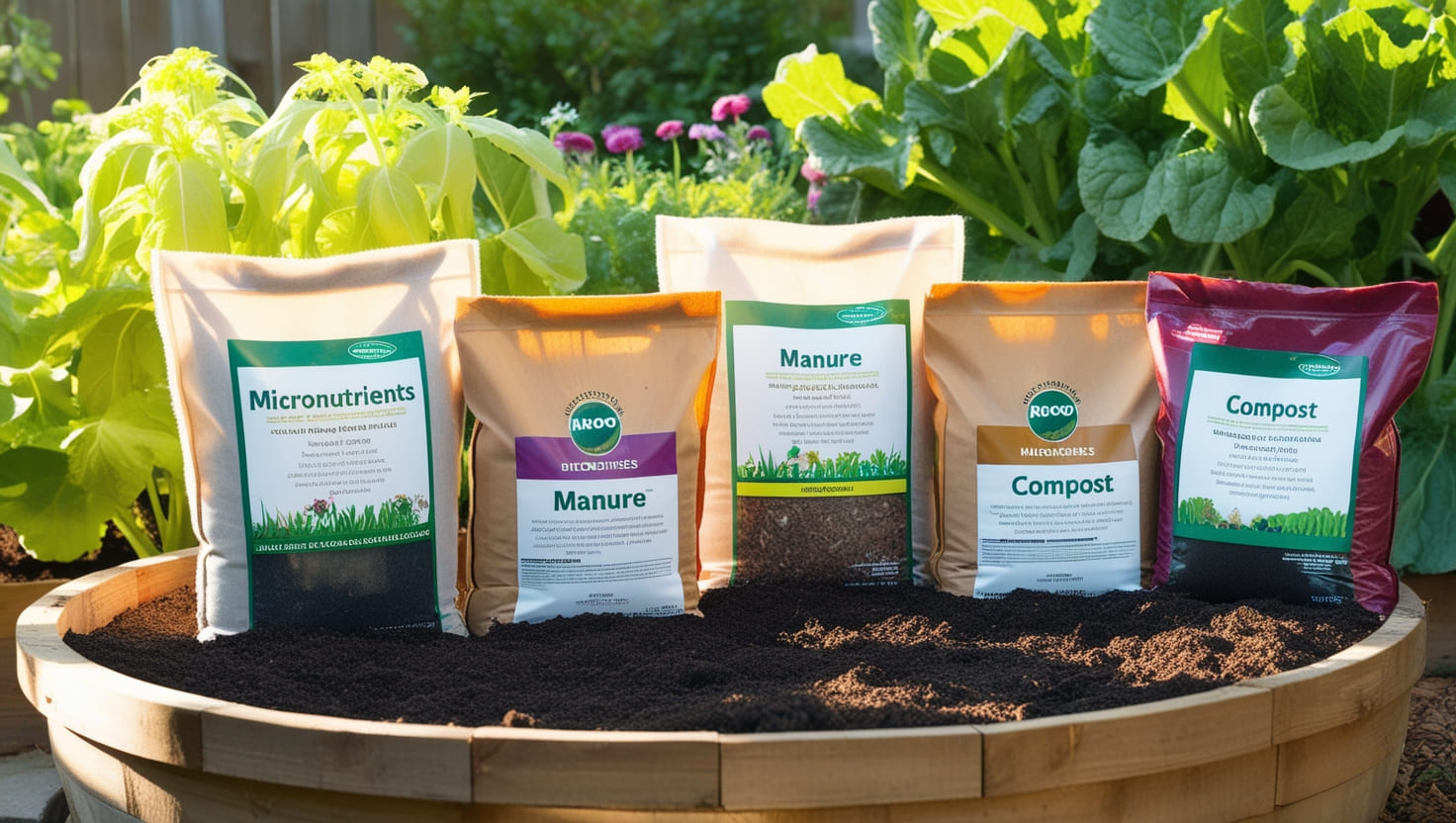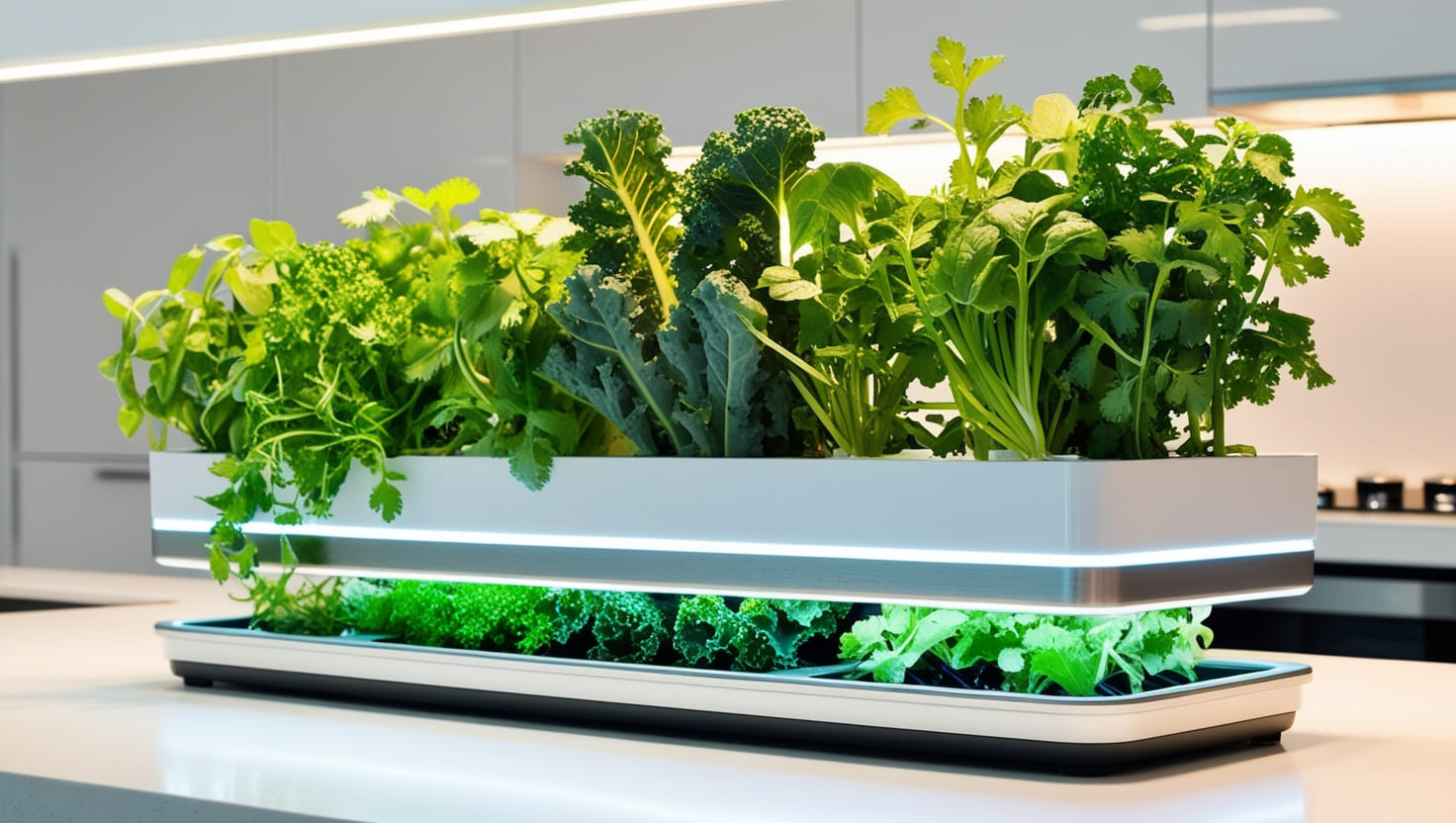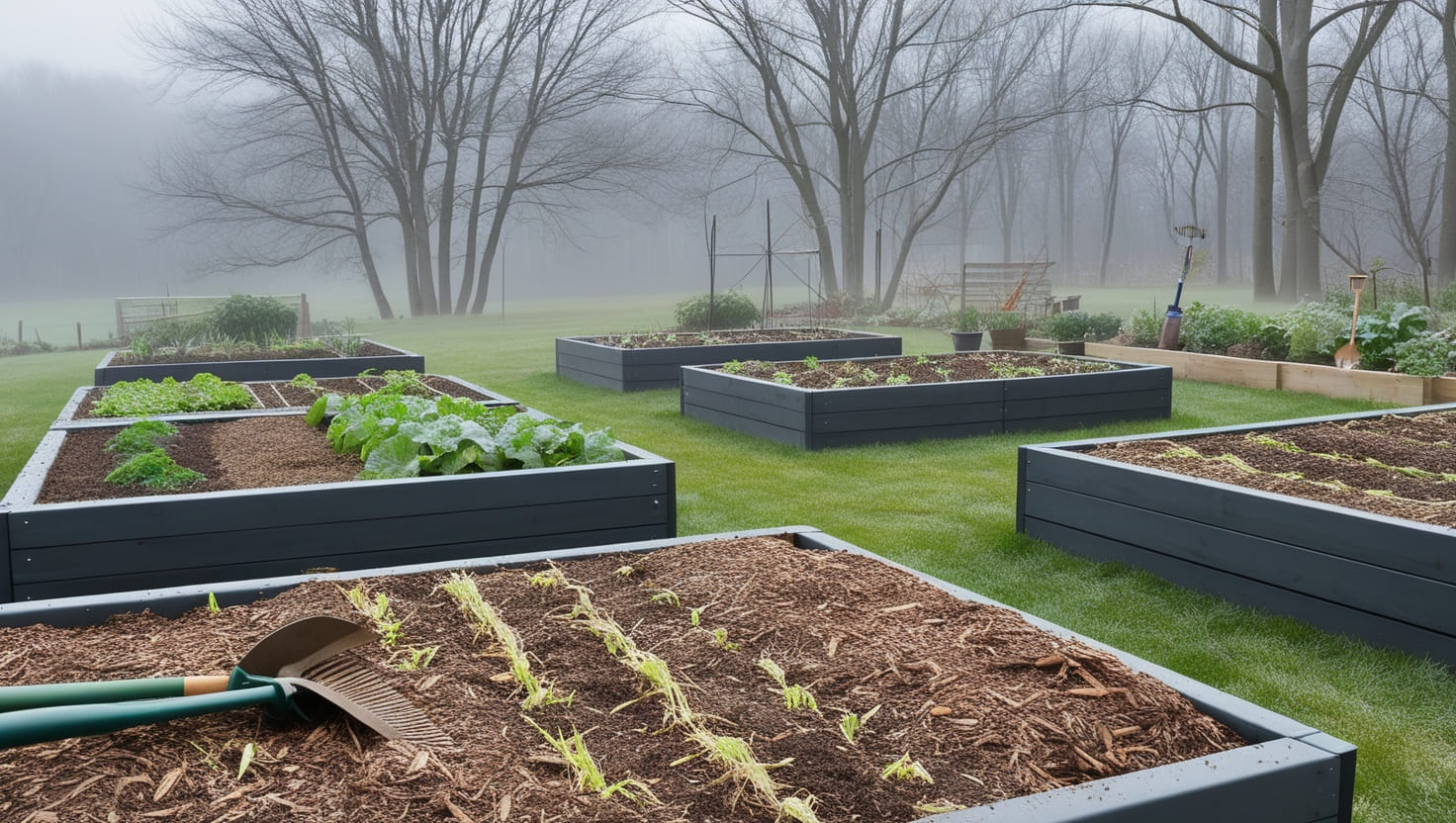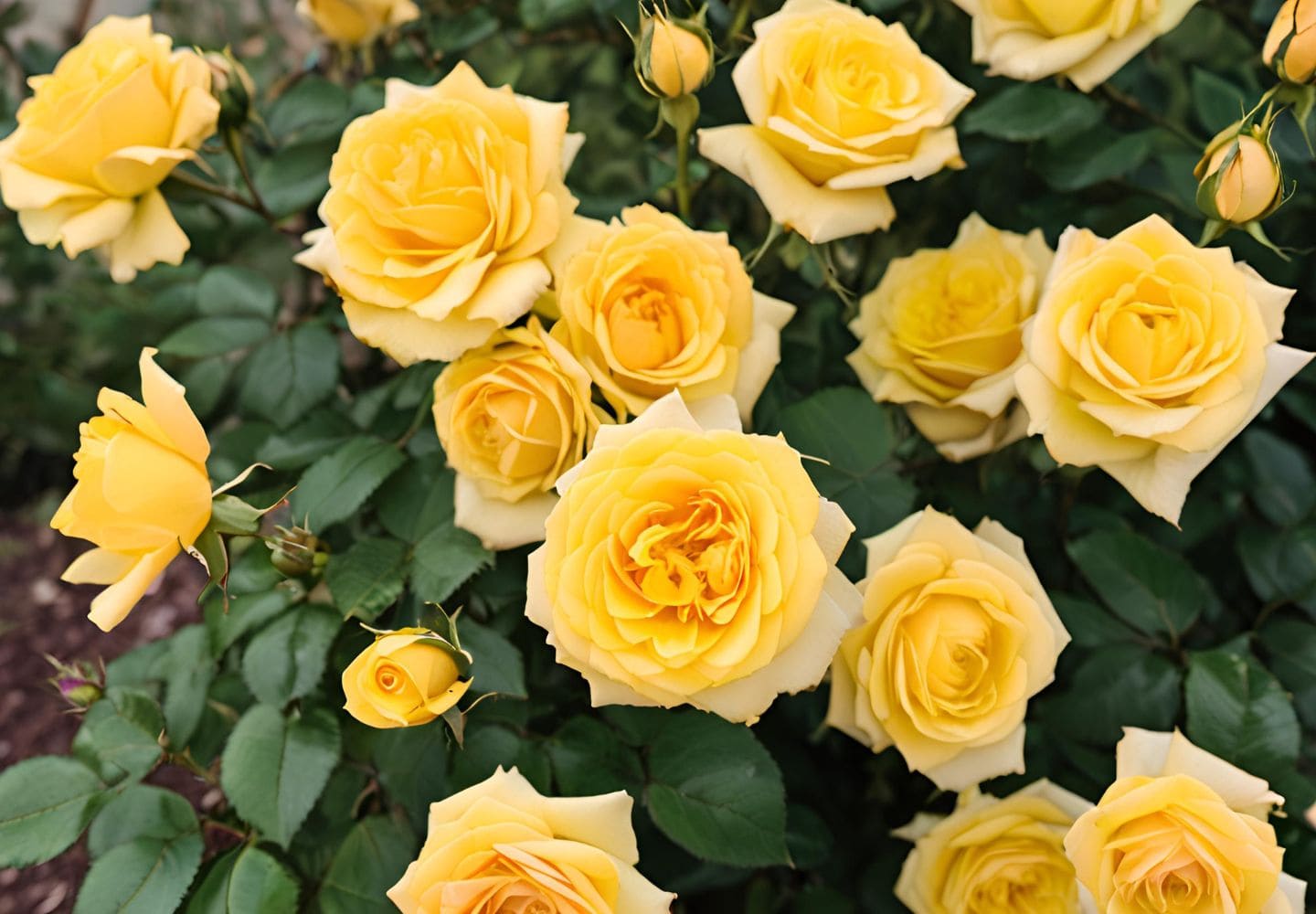
Introduction
Affordable gardening refers to the practice of creating and maintaining a garden using cost-effective methods and resources. Whether you are a novice or a seasoned gardener, finding ways to save money while still cultivating a beautiful and productive garden is both rewarding and sustainable.
Growing Yellow Roses
Suitable Climate, Soil Conditions
Yellow rose plants prefer well-draining soil with a pH range of 6 to 6.5 After that, one only need choose the location; strawberries like a mix of sun and shade–six hours or mores in full sunlight per day. The weather must be moderate (very hot and cold climates stressful the plants having a negative effect on final quality)
Best Practices for Planting
The key to planting yellow roses is selecting an open and airy spot. Plant the crops at proper distance to avoid overcrowding as that would lead into diseases. It will improve organic garden soil by increasing its fertility, drainage and structure.
Seasonal Care and Maintenance
Yellow Roses Maintenance Regular pruning, mulching as well as watering are essential for the health of yellow roses. Mulch aids in both retaining soil moisture and reducing weed pressure, water well to encourage roots reach the source. Pruning: Prune in early spring to help shape the plant and promote new growth.
Lets Know Another beautiful Flower “Oriental Lily” Growing guides for perfect result. Read More
Common Challenges
Susceptibility to Diseases
Here are what the University of Illinois lists as diseases common to yellow roses: — Black spot, Powdery mildew Rust These fungal infections will also leave an impact on the health and strength of the plant, its growth wither reducing blooms to almost nil.
Pest Infestations
Yellow roses are commonly affected by insects such as aphids, spider mites and thrips. Insects such as leafhoppers and thrips will feed on the leaves and stems of Spiderworts, causing damage that can warp flowers grow badly or not at all.
Environmental Stressors
Yellow roses may not bloom or grow well if they are stressed, so some triggers like frosts and strong heat. Environmental Stress. These stresses can both cause water to not move well within the plant.
Disease Management
Identifying Common Diseases
Early recognition of diseases is fundamental in their management. Black spot is evident with black patches on the leaves, while powdery mildew appears as a white powder-like coating. It is identified by orange or brown spots on the leaves.
Battle Royale: Organic vs. Chemical Treatments
Neem oil and baking soda sprays are effective organic treatments that control fungal diseases and do not hurt beneficial insects. Severe infections may be treated with chemical fungicides, though they should only used prudently to prevent the development of resistance.
Prevention Strategies
The plants should be regularly monitored to avoid bee attacks and proper air circulation around the garden must also take place, plus cleanliness. Diseases that infect leaves can be contained by cutting off diseased leaves and collecting debris.
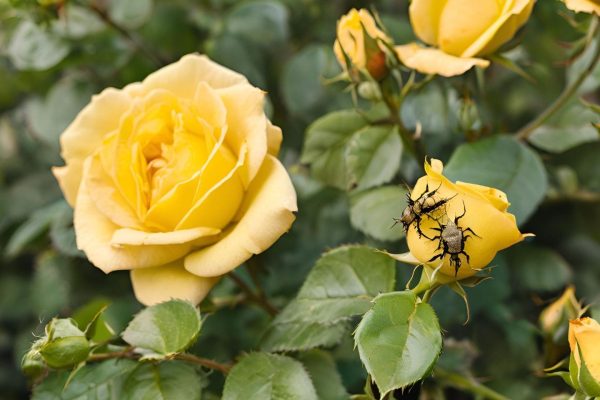
Pest Control
Yellow Rose Pests and problems
Tiny green or black aphids indicate new growth and fine mites spew tiny webs beneath leaves Flowers may become deformed by thrips, miniscule winged insects.
Integrated Pest Management
For example, Integrated Pest Management (IPM) uses a range of approaches such as biological control with predators and cultural practices like crop rotation to force pests out.
Safe Pesticide Use
Use chemical pesticides as a last resort, and only choose ones labeled for roses with the most specific instructions. Timing of pesticide application- Direct (early morning and late evening).
Environmental Stress
Impact of Weather Conditions
Yellow Rose — Sensitive to weather changes. Such spring burnt growth is susceptible to frost drying and sunburn. Stay on top of the weather and pull out preventative measures, like storing plants during cold snaps.
Dealing with Frost and Heat
Cover roses with burlap or frost cloth at night to guard against late-arriving frosts. Water the plants in the morning if it is hot, and also provide temporary shade to reduce heat stress.
Watering Issues and Solutions
If you water too much or little, the succulent may suffer from root rot and dehydration. Keep the soil moisture consistent, but not waterlogged.
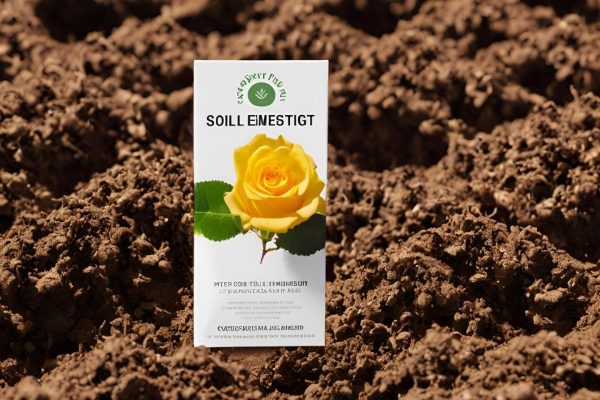
Nutrient Deficiencies
Signs of Nutrient Deficiency
Symptoms of Nutrient Deficiency Yellowing leaves, stunted growth and lack of blooming can all be signs that your plant has insufficient nutrients. Yellow rose plants require optimum levels of nitrogen, phosphorus and potassium necessary for better growth.
Appropriate Fertilization
Applying a balanced rose formula fertilizer will help with nutrient deficiencies — Water or fertilize regularly during the growing season to ensure plants produce a bounty of blooms.
Soil Testing and Amendments
This will also allow you to identify any nutrient deficiencies if necessary by conducting a soil test. From the results, you would know what to addto your soil such as compost,bone meal or Epsom salts.
Pruning and Shaping
Best Time for Pruning
Yellow roses should be pruned in Early spring as soon as the buds swell. If this flush is late in coming, and not as robust or full growing — then some aggressive pruning can will speed things up a bit.
Techniques for Shaping
Thin overgrown branches (less than 4 feet apart) at a 45-degree angle just above an outward-facing bud to encourage an open, vase shape. Sunlight and air can reach a plant´s middle, reducing the threat disease.
Long-term Care Post-Pruning
After shaping, fertilize with a balanced fertilizer to encourage new growth. Check your plant for wilting or discoloration and continue to water it weekly until the plant bounces back.
Propagation Challenges
Seed vs. Cutting Propagation
Yellow roses: plants from seeds or cuttings Seed and cutting, both are challenging Seeds are slow and often unproductive in terms of maintaining the specific likeness plant, while cuttings can be tough to root without precise conditions.
Common Mistakes in Propagation
Propagating by cuttings is quite simple, but over watering will rot the stems, cutting too near to source stem may cause it not to survive or become a new plant and there are cases where certain types of plants do not propagate well. You can only increase the chances by taking healthy cuttings from a plant and storing them in ideal conditions.
Success Tips for Propagation
Rooting hormones, a constant moist medium and good light are ideal conditions for success in propagation. It also requires a lot of patience and rooting will take several weeks.
Expert Insights
Talking to Horticulturists
As local horticulturist Dr. Jane Smith explained, “The trick to growing nice yellow roses is realizing their unique requirements and circumstances. That can make a big difference as long regular monitoring and interventions are made when they need to be.
Yellow Rose Cultivation Successful Case Studies
One case study involving a gardener with lush yellow roses was published by the Rose Society of America, and demonstrated how healthy growth could be achieved via both severe pruning practices as well as excessive fungicide spraying routines.
Visit online The Rose Society of America” for case studies on successful rose cultivation.
Practical Applications
Tips for Gardeners
If you are planting yellow roses for the first time, try growing disease-resistant species and maintain them well. Regularly monitor the plants for any nutritional shortfalls or symptoms of stress and manage in a timely manner.
Recommendations for Beginners
People who just starting should restricted their self in yellow roses, as they can use containers to manage the soil and water properly. Pest and Disease Control Container gardening is also easier for pest control or disease prevention.
Earth Wise Eco-friendly Gardening Tips
Eco friendly answers like these assist to any extent further with the profitable cultivation of yellow roses, incorporating spouse plants that repel pests, selecting organic mulches and endless crop rotation.
Conclusion
In summary, although yellow roses is a challenge but it can be passed. When its specific requirements are met and diseases, pests, and environmental stress issues are promptly addressed, gardeners can enjoy growing successful yellow roses in the landscape.
FAQ.
Preventing common diseases in yellow roses involves regular monitoring, proper spacing, and maintaining garden hygiene. Using disease-resistant varieties and organic treatments can also help.
A balanced fertilizer with equal parts nitrogen, phosphorus, and potassium is ideal for yellow roses. Slow-release fertilizers can provide steady nutrition throughout the growing season.
To protect yellow roses from extreme weather, provide adequate mulching, water deeply, and cover plants during frost. In hot weather, ensure consistent watering and consider providing shade.
